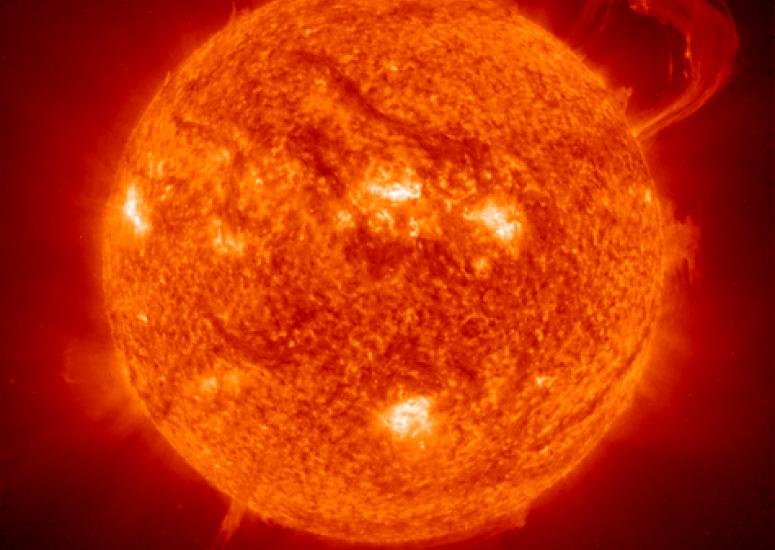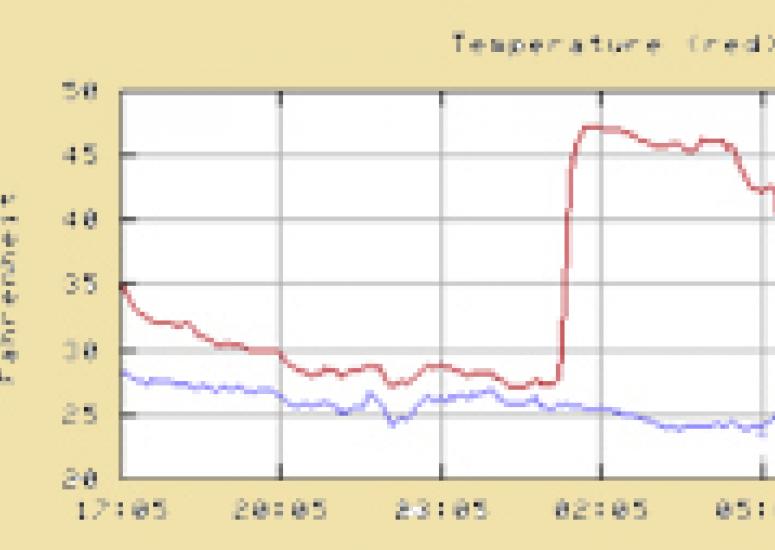-

Reflections from our community
UCAR and NCAR have grown and matured in so many ways, keeping pace as the world around them has also changed. Over the last half century, we’ve watched environmental issues evolve from local foci to regional and global expanses.
-
Introduction
By almost any metric, UCAR and NCAR have been successful since the time a half century ago when a small group of people, most of them university professors of atmospheric science, boldly envisioned a national center—run by and for the universities—which would not only serve science and society but also complement and strengthen the universities themselves.
-
Predicting the world's weather
Can a single family of models simulate the weather for Manhattan, Malaysia, and Mars? Thanks to a successful interagency collaboration, the answer is “yes.”
-

Boulder’s tempestuous temperatures
Huge temperature swings are well known to residents of the Front Range of Colorado, thanks to the arrival of sharp winter cold fronts as well as chinook-driven warm-ups.
- Education + Outreach
-
Virtually there
For NCAR’s Don Middleton, the uneasy days after 9/11 shed unexpected light on the transformative power of global connectivity. Middleton had been scheduled to attend a meeting on advanced collaboratories in Italy, but the event was cancelled.

